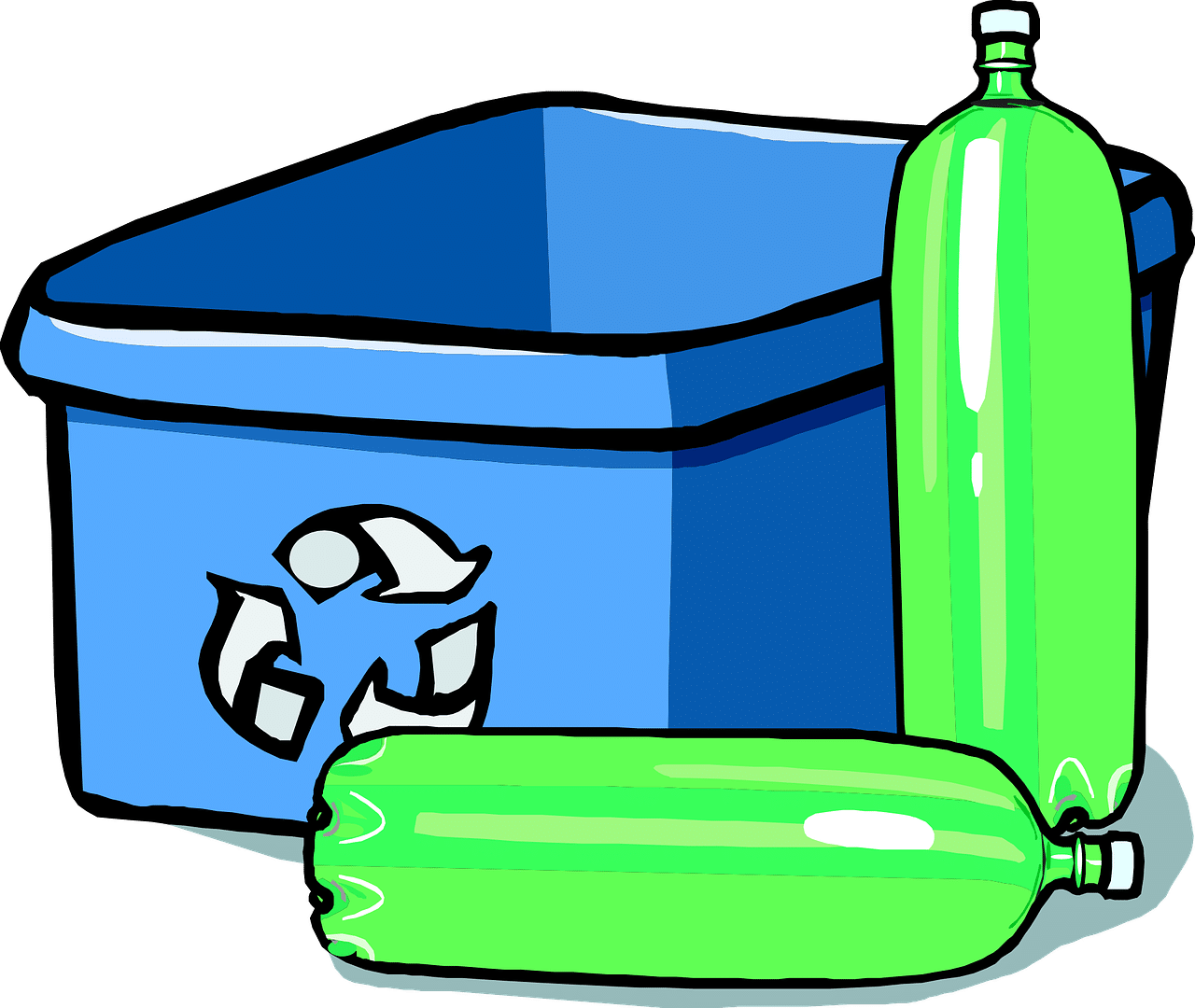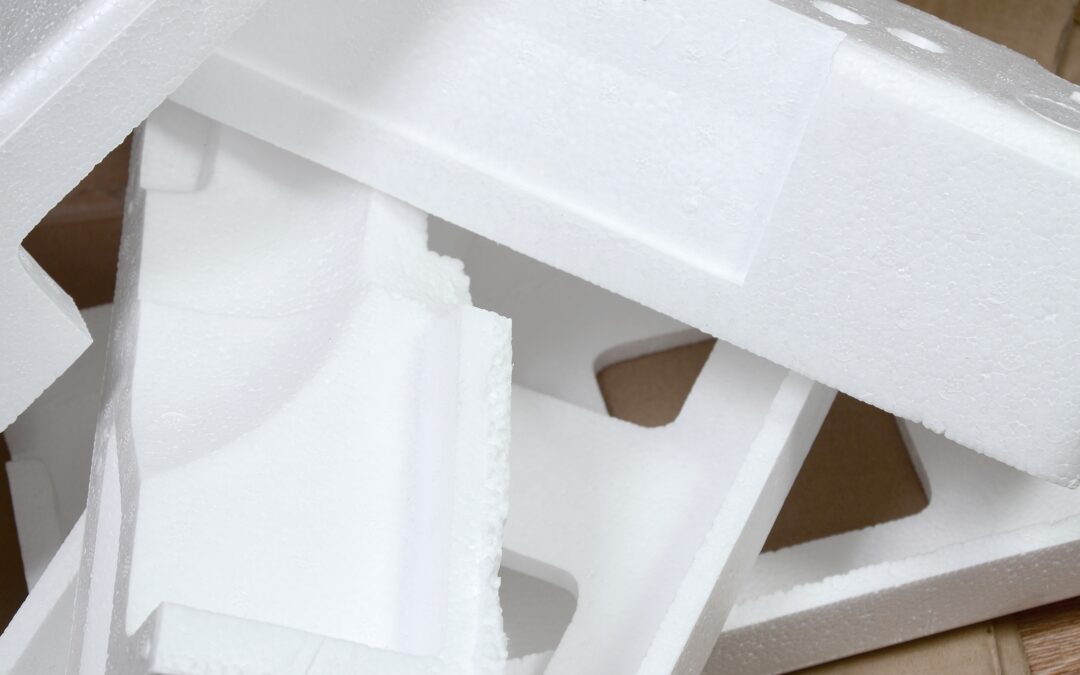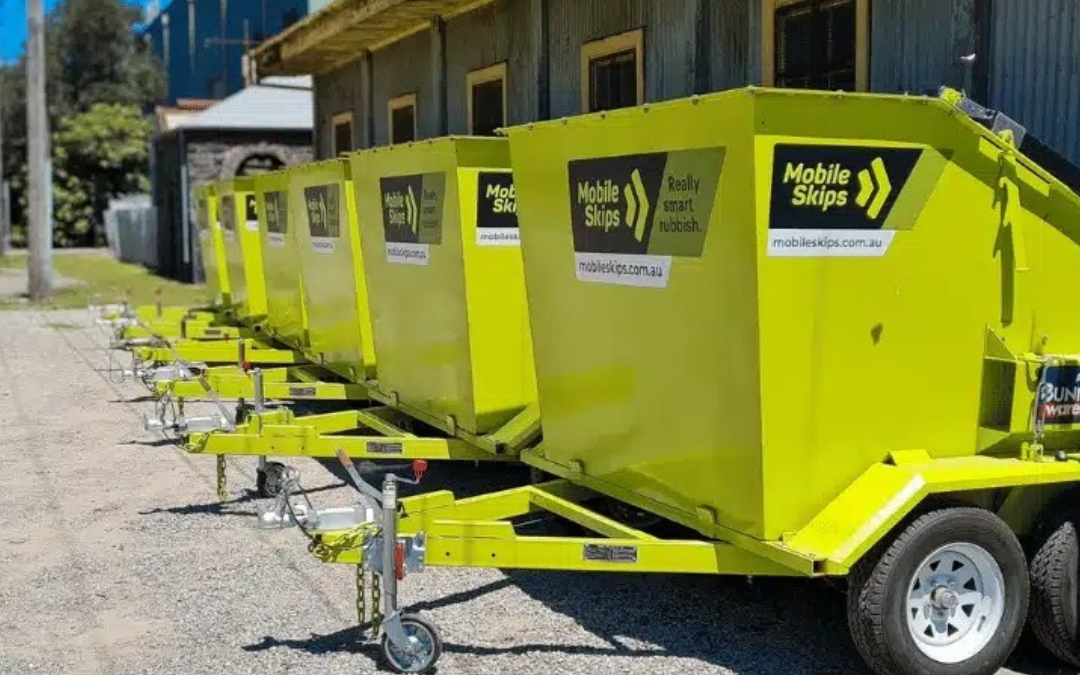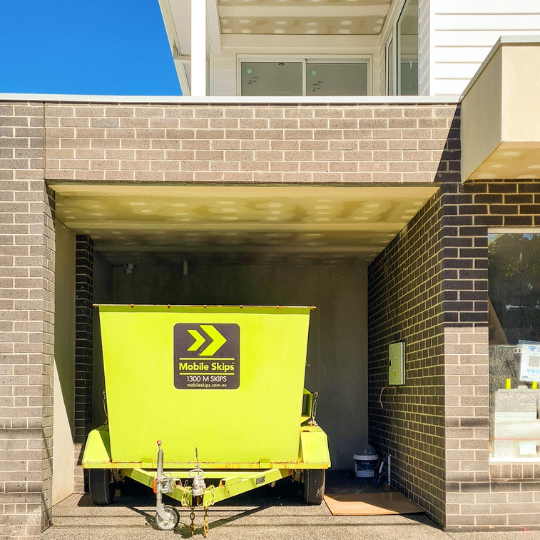Irrespective of where in the world you tend to live, sustainability is a major topic of concern. It is regarded as a friendly sign to bring your own bag to the grocery store, a government-based initiative about not using plastic straws, or cities making it compulsory to go zero-waste. With these major steps being undertaken, the primary concern is about the type of products that are best for the environment throughout. Should you opt for biodegradable or recyclable items? Will reusing things be of great aid to the environment? Let us discuss the same in detail.
When topics like sustainability and saving the planet are being talked about, terms like recyclable, compostable, and biodegradable are trending. However, do you know the differences between these terms? What do they actually imply in terms of the planet and its greater good? Let us know all about it in depth.
Recyclable Vs. Biodegradable –Which is Better for the Environment?
In the past few years, the consumption of plastic and its by-products has increased significantly across the world. As per a report, global plastic production is expected to reach as much as 600 million tonnes by the time of 2030 if the production is going to continue at the given pace. It is important to note that most of this plastic is non-biodegradable. Around 30 to 50 per cent of the plastic in the world is being produced for single-purpose use only.
All of these factors lead to the creation of a major environment problem when plastics would reach the end of the life cycle with the overall plastic waste becoming a major pressing issue in the coming years. Improved recycling strategies and new biodegradable plastics are going to serve as important promising ways towards helping with cutting down the overall plastic waste.
To understand the importance of both concepts, let us help you know about the difference between recyclable and biodegradable plastics.
Recyclable Plastics
Recycling can be referred to as taking some product and breaking down the same for its reuse –mostly in the form of some raw material. It is understandable that it is possible to recycle cans, plastics, and paper-based materials. In most places, recycling facilities are also known to deal with glass.
Recyclable plastics are derived out of resin that has been processed from post-industrial and post-consumer virgin plastics. Opting for the recycled resin is considered perfect for blow moulding projects or products that are not intended to be discarded or thrown away. Some of the vital blow moulding products can be made out of recycled materials including:
- Large-sized items featuring a longer lifecycle –including play structured, furniture, and even sporting goods
- Industry-specific parts like auto parts, medical equipment, and device shells or packaging
- Plastic cups, utensils, flatware, and others that are durable enough for recycled use
- Products utilized by consumers for recycling –including juice & water bottles, food containers, and other various types of packaging materials
Plastics undergo the process of recycling as plastics are sorted by the type of polymer, shredded, washed, melted, made into pellets, and then, new products are made out of the same. Usually, the production of recycled plastics involves two major stages:
- Sorting is mostly carried out automatically along with the involvement of manual sorting for ensuring that all contaminants are removed properly.
- Once sorted as well as cleaned properly, plastics can be then shredded into smaller flakes. At the same time, plastics can also be melted and then, processed to form smaller pellets before these are moulded into new products.
Environmental Impact of Recyclable Plastics: Plastic turns out to be a highly versatile material. The optimization of the lifespan of the plastic materials by recycling or reusing items is possible in several iterations. For instance, when you recycle plastic bottles into new models, you are, therefore, reducing the need for the production of new plastics. This implies that you can look forward to:
- Conserving non-renewable fossil oils or fuels
- Reducing the overall consumption of energy utilized in the production of new plastics
- Reducing the total amount of solid waste that ends up in landfills
- Reducing the emission of harmful gases like carbon dioxide to the environment
Biodegradable Plastics
Biodegradable plastics are known to be produced out of conventional petrochemicals with the help of biodegradable additives. Under the influence of the right conditions, the given additives are responsible for attracting microbes that perform the work of breaking down the plastic material quickly and efficiently in comparison to conventional plastics.
Biodegradable plastics are regarded as ideal for items that should be disposed of easily. These are:
- Packaging dunnage
- Single-use food containers
- Plastic utensils not having the capability of repeated use
Selecting the Biodegradable Resin:
It is important to note that not all biodegradable resins tend to be biodegradable equally. Some of the resins do not degrade properly in landfills. At the same time, there are others that perform better when it comes to being degraded at some industrial composting facility. At the same time, it is important to note that because of the specific chemical treatments that make these plastics biodegradable, most of them cannot be recycled alongside conventional plastics.
In case you are thinking of using biodegradable plastics for your project, here are some important factors to consider:
- Ensure that the resins utilised by the supplier meet the specific quality standards for ensuring effective biodegradability
- Search for biodegradable plastics that tend to perform well under anaerobic environments including landfills
- Be informed about the latest trends related to eco-plastics
Bioplastics Vs. Biodegradable Plastics
In most cases, biodegradable plastics are confused with bio-plastics.
- By biodegradable plastics, we mean plastics that are made out of treated petrochemicals
- On the other hand, bio-plastics implies plastics that are made out of renewable feedstocks –including corn, wood, sugar cane, soy, and grasses
Quite often, bio-plastics tend to be compostable. The process of composting enhances the feature of biodegradability as it helps in breaking down the material into smaller matter to be utilized for supporting plant life. Bio-plastics are regarded as best suited for products that would be thrown away with food materials and other organic items. These include:
- Straws, plastic cups, and other utensils
- Single-use utensils
- Disposable bowls and plates
Cost is the major issue currently when it comes to using bio-plastics –especially as far as natural gas and crude oil prices are concerned. As per the experts, making polymers directly out of conventional petroleum sources turns out to be the most economical solution. For large-sized products and other items that can be reused, you can consider going for the option of recyclable plastic or resins.
Different Types of Plastics:
You will mostly come across different types of symbols upon plastic packaging that explains the different types of plastic materials that they are made out of. These symbols also explain how to recycle such items.
You might have recently observed an overall increase in businesses that move towards different types of plastic packaging. However, knowing about the respective bio-plastics from the biodegradable plastics can be highly intimidating.
Plastics can be derived out of bio-based or fossil-based materials. Both of these materials are utilized for making highly durable & non-biodegradable plastics. At the same time, it can also be utilized for creating plastics that are either compostable or biodegradable.
The fact that plastics have been produced out of bio-based products does not imply that these are biodegradable. It is important to note that only non-biodegradable plastics are recyclable –irrespective of it being bio-based or fossil-based. Biodegradable plastics are not known to be recycled in the same manner as of non-biodegradable plastics.
Benefits of Using Recyclable or Biodegradable Plastics
-
Saving Resources
The conservation of valuable non-renewable resources is highly vital for overall sustainability efforts. As the recycling levels of plastic materials tend to increase, the amount of HDPE, PET, and PP resins that are recovered also increases. In turn, this helps in saving fossil fuels. It is believed that recycling around 1 ton of plastic can help in saving 16.3 barrels of oil.
-
Freeing Up Space in Landfills
Ensuring that recyclable and biodegradable plastics are out of incinerators and landfills can serve as a major advantage to the environment. Landfills are known to take up huge amounts of spaces while leaching harmful chemicals to the ground and emitting significant amounts of greenhouse gases.
-
Reducing Greenhouse Gas Emissions
The reduction of the emission of greenhouse gases into the environment is a major step in the fight against climate change. It is estimated that every ton of plastic that has been recycled can help in saving around a ton of carbon dioxide being released into the atmosphere.
Conclusion
As you are able to understand the major points of differences between different types of plastics, you can modify your sustainability efforts to a significant level.






